Sounds, Demographics, and Artivism - Data Culture #06
Sounds, demographics, and artivism. November 2021.
Available in:
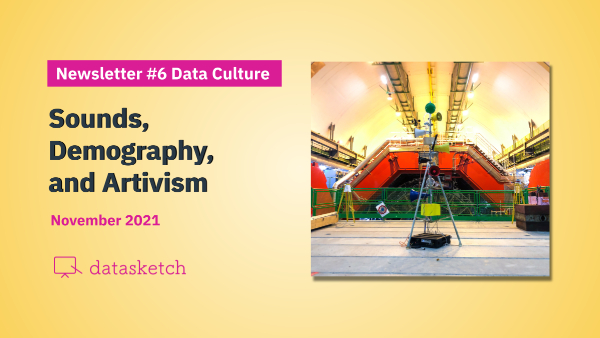
Greetings from our culture team. We are Verónica Toro, Viviana Forero, Nicolás Barahona and Juan Pablo Marín.
Have you reached us through social networks or have you been forwarded this newsletter and want to receive it in your email twice a month? Subscribe!
#FEATURED-ARTIST
NICOLE L'HUILLIER
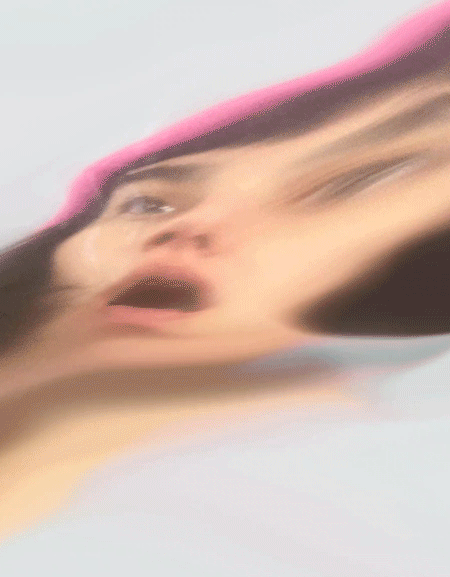
We live without realizing how the world sounds. We are not able to understand the universe of waves that surrounds us. Even through headphones or speakers, we isolate ourselves and think that sound is reduced to a few sources.
Making this vast amount of information known and materialized is one of Nicole L’Huillier’s objectives. Born in Santiago, Chile, she is currently pursuing a Ph.D. in Media Arts and Science at the Massachusetts Institute of Technology (MIT).
Her work focuses on sounds, vibrations, resonances, and the transformation of signals, exploring answers and generating questions about our permanent relationship with the cosmos.
The PARACANTORA (or Noisy Environmental Parasite Noise Amplifier Channelling Noun Agents Transducing Transduced Noise Agents Offering Auditory Rituals), is one of his sculptures, with an extensive name and which, to a large extent, explains the search that L’Huillier has been expressing on an international scale since at least 2011. Get to know this and other of his works here.
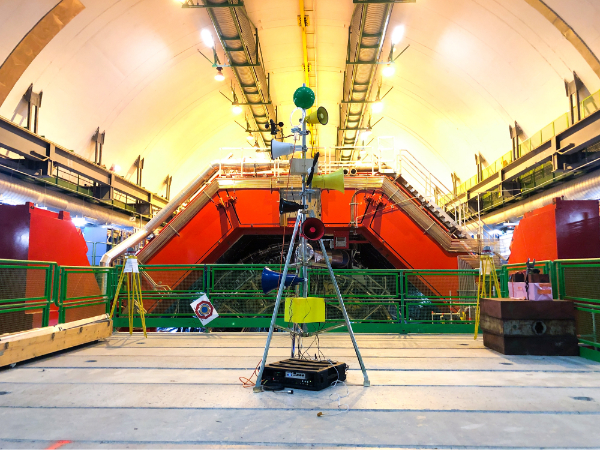
#PODCAST
LOUD NUMBERS
Miriam Quick and Duncan Geere explain how to turn data into sound and sound into music.
They start with a data story and gradually turn it into a melody. There seem to be no limits: they produced the symphony of bureaucracy, threw a “party” with the U.S. economy, and made a moment of silence for the bug apocalypse.
Listen to them now. If you have questions about behind the microphones check out this interview with the DataVizToday team.
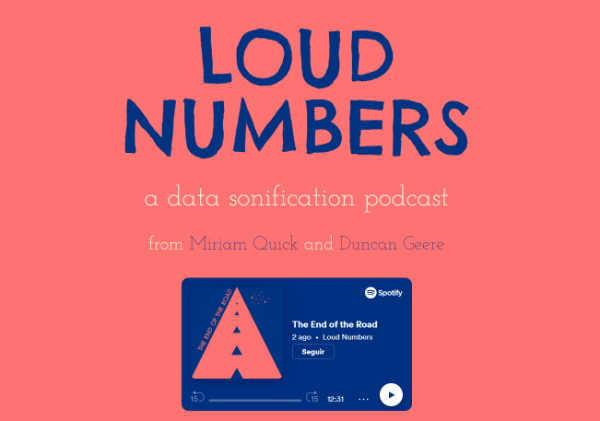
#TOOL
R resources for generative art
Art is powerful. It changes the environment, its actors, and its essence. Even in our century, it is difficult for us to describe or delimit it. It is symbiotic to the legacy that day by day human beings leave behind.
“Art is everything that men call art”, said the theorist José Jiménez more than two decades ago, and it applies precisely to what we recognize as such. We started with the most aesthetically simple forms in the caves, and now we are applying technologies that only a few know how to use. R programming (which is both language and environment) is one of them. It is so recent and, in a way, infinite, that not even Danielle Navarro, “the data witch”, knows how to guide us.
But well… that’s how all discoveries in history have been. Ideas wander until they generate multiple connections, begin to materialize, to become tangible, and it becomes inevitable for us to explore ways to multiply their potential. Therefore, we recommend you browse this “extremely incomplete (and probably biased)” list of tools to help aspiring generative artists in the use of R, which Navarro offers to unify data, code, and imagination.
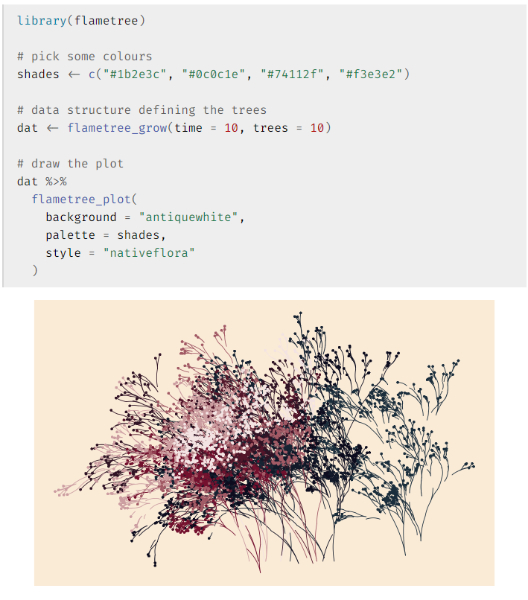
#EVENT
No-Code Conf 2021
No-code tools continue to redefine what is possible when designers, developers, marketers, and entrepreneurs can use their unique skills and intuition to build for the web. That’s why, and wanting to expand its community, Webflow’s annual conference, No-Code Conf, is returning.
On November 17-18, 2021, there will be over 40 online sessions with no-coders from companies like Adobe, Apple, Airtable, Google, and over 110 countries to discover the future of no-code programming. register here!

#ARTICLE
Pathways for Memory and Diversity
Transport for London and The Black Cultural Archives published the first-ever Black History Underground Map. They celebrate the rich and varied contribution that black people have made to London and the UK.
From the woman who founded Britain’s first black newspaper and co-founder of the Notting Hill Carnival, to the Georgian businessman who came to London as a slave and created a profitable business in the coal trade in Kingstone, Caesar Picton, there is much to discover.
Read the full research and history of each of the characters here.
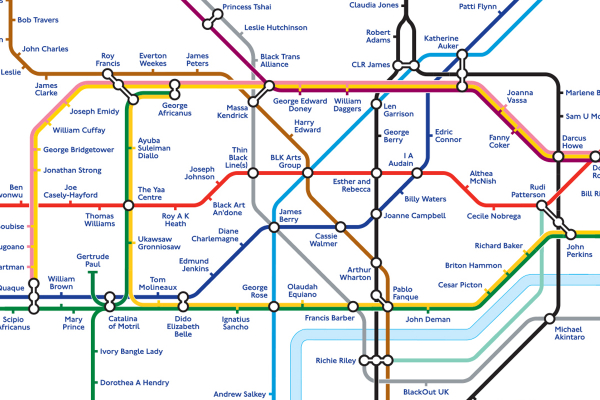
#ARTIVISM
Golden NFT Project

Source: goldennft.art/en
The collective The Peng! has launched its campaign Golden NFT Project - Freedom of movement is a capitalist right. The project offers a collection of 5555 NFT for individual sale and the entire proceeds will be used to purchase Golden Visas to the EU for refugees, people fleeing poverty, and violence in their countries.
16 internationally renowned artists are collaborating with this project: Nora al Badri, Sibylle Berg, !Mediengruppe Bitnik, Liat Gravyer, Nadine Kolodziey, Felix Kosok, Gretta Louw, Rui Major, Volker Behrend Peters, Tayyebeh Rasouli, reFOCUS medialab, Jill Senft, UBERMORGEN, Nushin Yazdani, Yes Men and Laura Zalenga. Among the works are the 16 originals that can be seen here.
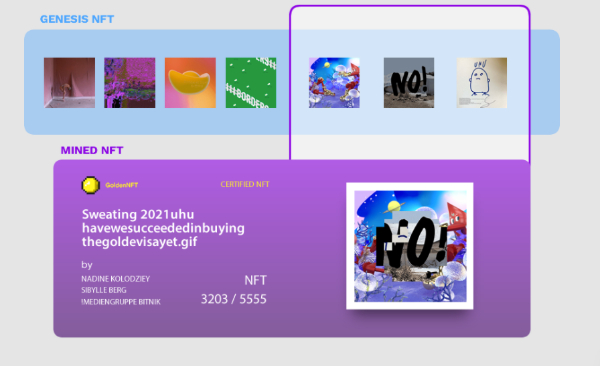
The sale is undercover. Anyone who buys an NFT from this campaign does not know which work they have purchased until 24 hours after the transaction. He can then keep it or sell it on OpenSea. The price per NFT is 0.05 ETH (Ethereum), or almost 236 USD, for a good cause.
#DATAVIZ
A small big chunk
The map below is the result of analyzing 425,909 favicons, the web page icons normally found at the top of browser windows. It is an extensive work, which includes, among other steps, crawling pages, examining codes, image formats, or dominant colors.
Enter this link if you want to know the process. Here you can immerse yourself in the hundreds of thousands of icons and get a sense of the gigantic size of the Web.
![]()
See and feel the demographics
Life and death are inevitable states, but they do not receive the attention they deserve. As they are eternally present, we also ignore them. Being aware that they govern everyone’s destiny (a simple and very profound phrase) is part of the goal of Mathieu Lehanneur, who mixes design, science, and art for the well-being of people.
Inspired by humanity’s generalized reaction to the end of existence since the Covid-19 pandemic began, Lehanner created State of The World, a frozen picture of all living human beings in 140 countries, illustrated in a collection of anodized aluminum works that emerge from the three-dimensional population pyramid of different countries.
Learn about the details of the work here.
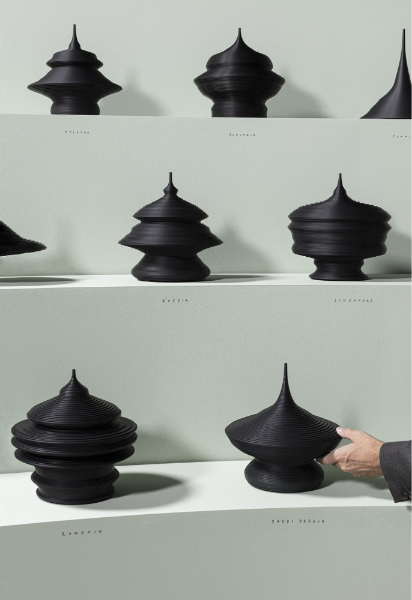
That's all for now!
We invite you to stay tuned to our newsletter. Together we strengthen the data culture!
If someone sent you this email and you want to keep updated with the best data culture, we invite you to subscribe.
Remember that in Datasketch, we have other newsletters, with which you will also learn about Data Journalism and Open Government.




